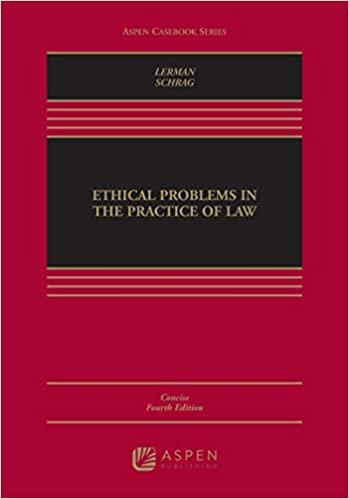Describe the BATNA AND WATNA for the plaintiff
For example one point for Batna will be that plaintiff will receive the full 1.2 million compensation , including the accommodation costs; including the repairing of the building works, this includes stripping all the timber works. As well as the accommodation which needs to be provided until the house is fixed.
AND
the Watna will be that the plaintiff will not receive the compensation during the court process this will only add to the court fees. Therefore the defects will not be fixed which will not only cause distress to the plaintiff but also cause them to sue the consultant who advised them. Relationships will be tested and stress will be applied to the plaintiff.
PLEASE ADD TO THE ABOVE AND THAT WILL PROVIDE DETAILED EXPLANATION
n W 1tii$v 1.1. NAMES OF PARTIES: John and Mary Edwards (Plaintiff) v The Building Pros (Defendant). 1.2. LOCATION OF PROJECT: 22 West Street, Dural NSW. 1.3. SCOPE OF PROJECT: The building is a high density residential house (Class 1a), with a detached Garage to the side of the house (Class 10). The Plaintiff noticed some imperfections with the quality of the build, hence resulting in the legal process of suing the Defendant \"The Builder," for numerous reasons. Some of these claims in less detail included damages, interest; and cost. Through digital conversation, the Plaintiff expressed to us that there were certain particulars that were evident in the contract that the Defendant warranted, which included: a) The works would be done with due care and skill in accordance with the plans and specications attached to the contract: b) all materials supplied by the Defendant would be good and suitable for the purpose for which they are used; c) the works would be done in accordance with and comply with, the Home Building Act and any other law; and d) the Works would result in a dwelling that is reasonably t for occupation. It should be noted that the evidence from the Plaintiffs side is heavily relying upon certain governing documents that indicate satisfaction when it comes to building structures. These include, The Building Code of Australia, relevant Australian Standards, and the NSW Guide to Standards and Tolerances. n mm @EiTr'lJQ 2.1. CONTRACT suu (WITH CHANGED CONNTRACT sun): The original contract sum for the overall project was $1,197,000 (One Million, One Hundred and Ninety-Seven Thousand Dollars}. 2.2. MONEY IN DISPUTE Overall, the client is suing in damages for $1,105,000 (One Million, One Hundred and Five Thousand Dollars). Furthermore, court fees can add to the continuing cost of identifying various building defects relating to the dispute resolution sector of the construction industry. For this project, Legal Fees for organisational costs (approx. $45,000}, pre-court costs (approx. $37,000) and trial costs (approx. $52,000), extra costs that add to the negotiation cost if the project claim is not settled before it lands in court. It should be noted that with the engagement of legal teams, it can come with expert support, with the assistance of consultants who specialise in various sectors of the construction industry, depending on the severity of the project. Consultant fees range depending on the project, however with smaller projects like houses, clients are typically spending an overall value of around $65,000 (Sixty-Five Thousand Dollars). 2.3. COSTS ARISING FROM DELAYS As the dwelling received a Final 00 certicate in 2017, which was checked and signed, it is proof that the house was occupied by the clients \"The Plaintiff," thus revealing that delays did not cause any damages to the construction process during the construction of the house. This is due to evidence in the Clients\" Afdavit expressing their statement that they notied the Defendant of defects in 2019 via email correspondence. 2.4. DAMAGES The client when issued their statement regarding the claim, expressed damages as a part of their afdavit, which will include: a) Costs rectify the works including consequential losses; b) Costs of engaging experts to identify defects; c) Costs for alternative accommodation and storage and removal costs that arise as a result of the need to rectify building work; and d} Full particulars to be provided by the way of experts








